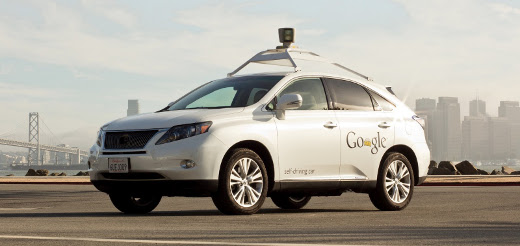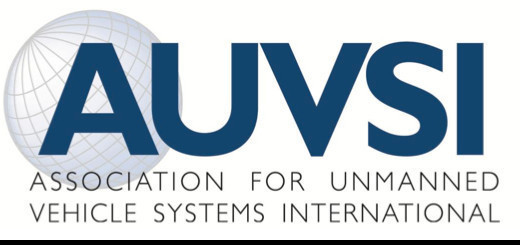FAA announces test sites for unmanned aircraft research
After months of anticipation, the U.S. Federal Aviation Administration today revealed the locations of six unmanned aircraft systems research and test sites. Congress directed the FAA to establish the sites as part of the FAA Modernization and Reform Act of 2012 in preparation for integration of UAS into the national airspace system by 2015.
Back in February, the FAA solicited test site proposals from state and local governments, eligible universities and other public entities. Before arriving at the final six locations, the organization says it considered geography, climate, location of ground infrastructure, research needs, airspace use, safety, aviation experience and risk.
Without further ado, here are the test sites, with descriptions provided by the FAA:
- University of Alaska. The University of Alaska proposal contained a diverse set of test site range locations in seven climatic zones as well as geographic diversity with test site range locations in Hawaii and Oregon. The research plan includes the development of a set of standards for unmanned aircraft categories, state monitoring and navigation. Alaska also plans to work on safety standards for UAS operations.
- State of Nevada. Nevada’s project objectives concentrate on UAS standards and operations as well as operator standards and certification requirements. The applicant’s research will also include a concentrated look at how air traffic control procedures will evolve with the introduction of UAS into the civil environment and how these aircraft will be integrated with NextGen. Nevada’s selection contributes to geographic and climatic diversity.
- New York’s Griffiss International Airport. Griffiss International plans to work on developing test and evaluation as well as verification and validation processes under FAA safety oversight. The applicant also plans to focus its research on sense and avoid capabilities for UAS and its sites will aide in researching the complexities of integrating UAS into the congested, northeast airspace.
- North Dakota Department of Commerce. North Dakota plans to develop UAS airworthiness essential data and validate high reliability link technology. This applicant will also conduct human factors research. North Dakota’s application was the only one to offer a test range in the Temperate (continental) climate zone and included a variety of different airspace which will benefit multiple users.
- Texas A&M University – Corpus Christi. Texas A&M plans to develop system safety requirements for UAS vehicles and operations with a goal of protocols and procedures for airworthiness testing. The selection of Texas A&M contributes to geographic and climactic diversity.
- Virginia Polytechnic Institute and State University (Virginia Tech). Virginia Tech plans to conduct UAS failure mode testing and identify and evaluate operational and technical risks areas. This proposal includes test site range locations in both Virginia and New Jersey.
The FAA says the sites provide important “cross-country geographic and climatic diversity” for research purposes. Research goals include system safety and data gathering; aircraft certification; command and control link issues; control station layout and certification; ground and airborne sense and avoid; and environmental impacts.
“Safety continues to be our first priority as we move forward with integrating unmanned aircraft systems into U.S. airspace,” FAA Administrator Michael Huerta said in a statement. “We have successfully brought new technology into the nation’s aviation system for more than 50 years, and I have no doubt we will do the same with unmanned aircraft.”
In November, the FAA released its first annual “roadmap” outlining efforts to integrate UAS into the nation’s airspace. It also sent a privacy policy to the Federal Register related to the test sites, which stated that test site operators will be required to comply with federal, state, and other laws protecting an individual’s right to privacy; have publicly available privacy policies and a written plan for data use and retention; and conduct an annual review of privacy practices that allows for public comment.
[ image courtesy of the Federal Aviation Administration ]



